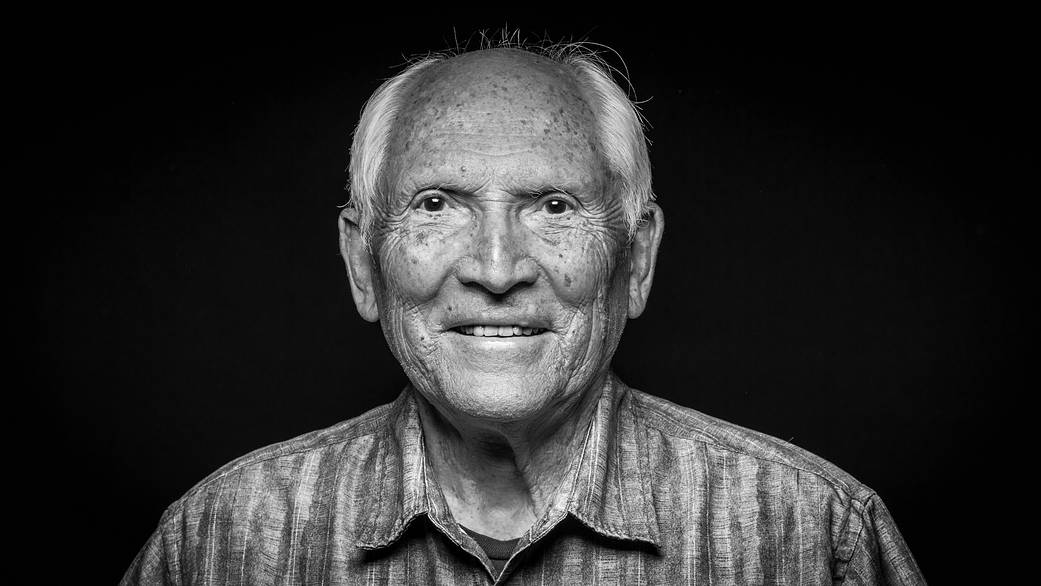“I investigated a system that could be used to provide guidance and control of the Saturn V rocket in the event of a failure during launch. It was very exciting and challenging work.”
Richard Kurkowski started work at Ames in 1955, when the center was still part of the National Advisory Committee on Aeronautics, NASA’s predecessor. An engineer, he performed wind tunnel tests on aircraft prior to his work on the Apollo program.
On July 20, 1969, the world watched as Apollo 11 astronauts Neil Armstrong and Buzz Aldrin took their first steps on the Moon. It was a historic moment for the United States and for humanity. Until then, no human had ever walked on another world. To achieve this remarkable feat, we recruited the best and brightest scientists, engineers and mathematicians across the country. At the peak of our Apollo program, an estimated 400,000 Americans worked to realize President John F. Kennedy’s vision of landing humans on the Moon and bringing them safely back to Earth. The men and women of our Ames Research Center in California’s Silicon Valley supported the Apollo program in numerous ways – from devising the shape of the Apollo space capsule to performing tests on its thermal protection system and study of the Moon rocks and soils collected by the astronauts. In celebration of the upcoming 50th anniversary of the Apollo 11 Moon landing, our new portrait series, “Faces of Apollo,” highlights some of the amazing people who worked at Ames in the 1960s to help make the Apollo program a success.



























